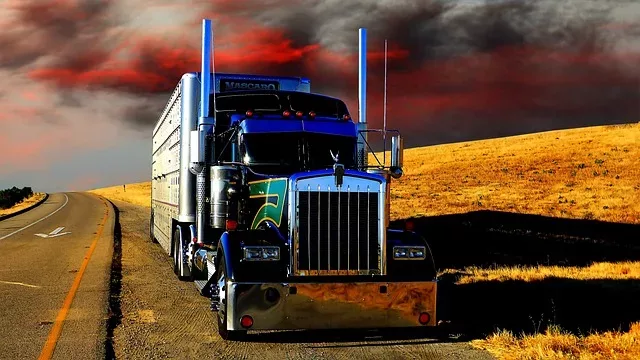As a truck accident attorney, I deal with all kinds of senseless truck wrecks. I have handled cases in which drivers were killed and their cars went under a trailer even though they hit the underride guard. My book, Truck Accident Litigation, contains a chapter on underride cases.
The underride guard is the metal structure on the rear of a big rig or semi trailer that is supposed to prevent cars from sliding under in a collision. But a new study from the Insurance Institute for Highway Safety (IIHS) finds these guards often fail in even fairly low-speed crashes, with fatal and even horrific results.

Image by RENE RAUSCHENBERGER from Pixabay
The underride guard is the metal structure on the rear of a big rig or semi trailer that is supposed to prevent cars from sliding under in a collision. But a new study from the Insurance Institute for Highway Safety (IIHS) finds these guards often fail in even fairly low-speed crashes, with fatal and even horrific results.
The IIHS observed that underride guards were failing in real-world crashes, so it conducted a series of crash tests and found that even guards meeting current federal safety standards were lethal in some types of truck crashes. The IIHS is calling on the National Highway Traffic Safety Administration (NHTSA) to improve underride guard safety standards, and I support this petition.
How Underride Guards Kill
In modern cars, the front crumple zone and cage are designed to protect passengers in most crashes. But neither safety element is of any use when an underride guard fails, which happens all too often, by breaking away or bending. If a car slides under, the trailer intrudes into the cage -- completely undermining the safety features of even the safest passenger cars.
In the IIHS's tests, cars traveling at 25 and 35mph hit the backs of trucks and trailers straight on and also at varying degrees of off-center. "The best underride guard [we tested] was a big improvement over the weakest one, but it still failed when hit near the outermost end of the guard," says Adrian Lund, IIHS President. The study judged a Wabash system the safest.
New Regulation Needed
Part of the problem is the way the guard systems are tested by government inspectors, says Lund. "Under current certification standards, the trailer, underride guard, bolts, and welding don’t have to be tested as a whole system ... . Some manufacturers do test guards on the trailer [italics mine]. We think all guards should be evaluated this way."
But testing and build/mount quality are not the only issues. Owing to regulatory gaps, many heavy trucks are not required to have underride guards at all. Guards on those exempt trucks don't have to meet the current rules, which date back to 1996.
"Underride standards haven’t kept pace with improvements in passenger vehicle crashworthiness," says Lund. "Absent regulation, there’s little incentive for manufacturers to improve underride countermeasures, so we hope NHTSA will move quickly on our petition.”
As do I. It is past time for better oversight of this issue.
Want to read the IIHSA study? Send an email to [email protected] and ask for it by name: "Evaluation of US Rear Underride Guard Regulation for Large Trucks Using Real-World Crashes" by M.L. Brumbelow and L. Blanar.
Referrals & Co-Counsel
Involved in a Crash?
No other law firm knows trucks quite like us. Our trucking law expertise and trial experience allow us to win multi-million-dollar results year after year.
Our team of truck accident attorneys works tirelessly to help your family find justice in the wake of a catastrophic truck crash.
Referrals & Co-Counsel
No other law firm knows trucks quite like us. Our trucking law expertise and trial experience allow us to win multi-million-dollar results year after year.
Involved in a Crash?
Our team of truck accident attorneys works tirelessly to help your family find justice in the wake of a catastrophic truck crash.


